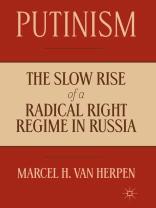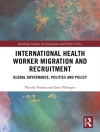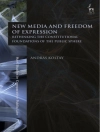In this original analysis of contemporary Russia, the author shows how Putin’s regime is a completely new, right-wing political model that combines features of Mussolini’s Italy with the 19th Century Bonapartism of Napoleon III and 21st Century Populism of Berlusconi. An essential read.
Tabla de materias
Preface Acknowledgments PART I: ‘WEIMAR RUSSIA’? THE VALIDITY OF A HISTORICAL PARALLEL Russia And The Weimar Republic: Does A ‘Weimar Parallel’ Exist? The ‘Weimar Parallel’: Economic, Political, And Societal Aspects The ‘Weimar Parallel’ – Socio-Psychological Aspects Post-Imperial Pain And The Making Of A New National Myth PART II: THE SPECTER OF A FASCIST RUSSIA What Is Fascism? Defining Fascism: The Thin Method Defining Fascism: The Thick Method Putinism And Fascism: The Eleven Differences (Part I) Putinism And Fascism: The Eleven Differences (Part Ii) PART III: PUTINISM, BONAPARTISM, AND BERLUSCONISM Putinism And Bonapartism: The Ten Resemblances Putinism And Berlusconism Putinism: A Hybrid Mixture Of Mussolinian Fascism, Bonapartism, And Berlusconism
Sobre el autor
MARCEL H. VAN HERPEN is Director of the Cicero Foundation, an independent pro-EU think tank based in Paris and Maastricht. He is a regular collaborator with the US think tank The National Interest. His research interests include defence and security in Central and Eastern Europe.












